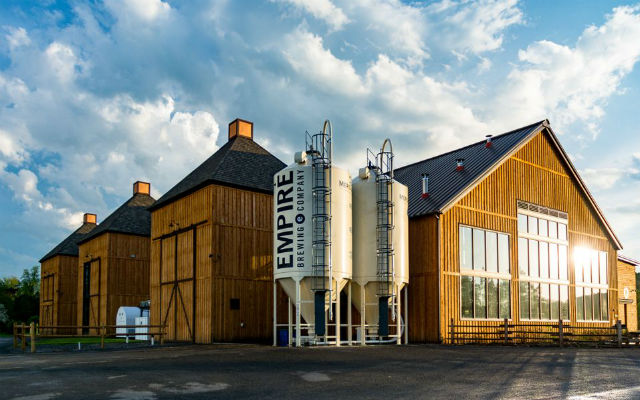
Imparting a part of a region into a beer has been the mantra for a lot of breweries. Focusing on flavor and freshness, many have opted to be local in as many aspects as possible.
“I’ve noticed the benefits of having this local connection in a number of ways,” said Keith Forsgren of Snake River Brewing. “Primarily, our use of local ingredients translates to the quality of beer we make.”
The Jackson, Wyoming brewery is just a hop over the Teton mountain range to millions of acres of barley grown on the Snake River plain.
“Some of it goes to the Bud and Modelo houses in Idaho Falls, but most of it goes to Great Western Malting in Pocatello, Idaho,” Forsgren said. “We get our base malt from Great Western, usually 44,000-plus pounds, every three to six weeks.”
Being a New York State Farm Brewery, Empire Brewing has certain requirements to follow said Marketing Director Emily Whalen.
“We have to use a certain percentage of NYS-grown products in our brewing process, and every year that percentage increases,” she said, adding that the brewery’s East Coast Amber is made with 100-percent hops from the Bineyard, a local hop farm in Cazenovia, New York.
The brewery’s tasting room restaurant also tries to use local ingredients.
“The beef and pork comes from a farm directly across the street from us,” Whalen said. “The cows are fed the spent grain from our brewing process. We also use local veggies and cheeses. Our carbon footprint at the Cazenovia location is roughly 20 miles.
Under the NYS farm brewery liquor permit, Empire is allowed to sell cider, spirits and wine in the tasting room, but they all must be New York State products.
“Connecting to our community through agriculture is really what a farm brewery is about. We want to show people how beer is grown,” Whalen said.
For the Kansas City Bier Company, not being local in those aspects is a part of the brewery’s mission. The brewery uses only German yeast, hops, and malt. Only the water is local said managing owner Stephen Holle.
“We advertise ‘Imported flavor. Local freshness,'” he said. “Malt and hops have terroir, and we could not capture authentic German flavor with domestic ingredients. The goal is for our bier to taste just as authentic as a German import, but have the same freshness as if the consumer were drinking a German-made bier in Munich.”
The use of imported ingredients is not a marketing ploy, insisted Holle.
“It makes a difference in the flavor; however, the use of imported ingredients and the use of only the four ingredients allowed by the German Purity Law of 1516 is a point of differentiation from other domestic brewers, which we hope consumers will notice in the flavor,” he said.
For Forsgren, he also said that when he’s had a chance to talk about the beers to the drinking public about Snake River, he has encountered a number of barley farmers, including a member of board of the Idaho Barley Commission.
“Being able to directly communicate with the suppliers of our raw ingredients allows a better understanding of the changing variables and how we as brewers can adapt,” he said. “There is mutual pride and respect in our product, and the relationship is strengthened in person and in commerce.
Local sourcing has a positive economical and representational impact, Forsgren added.
“We wouldn’t be 23 years in the industry if this wasn’t the case.”


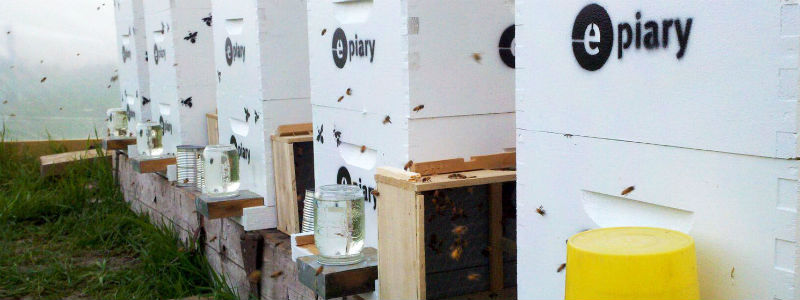

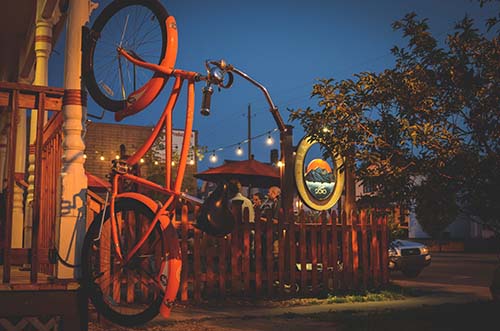
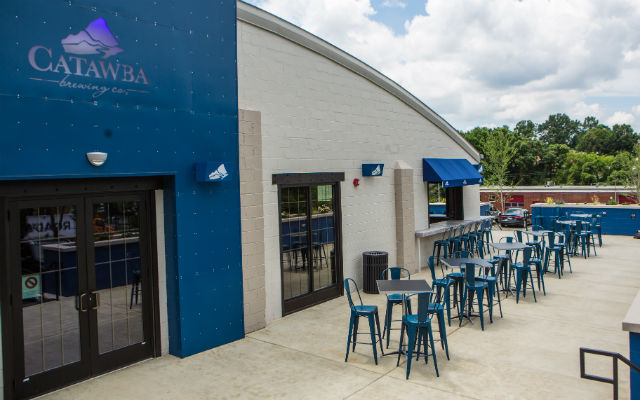
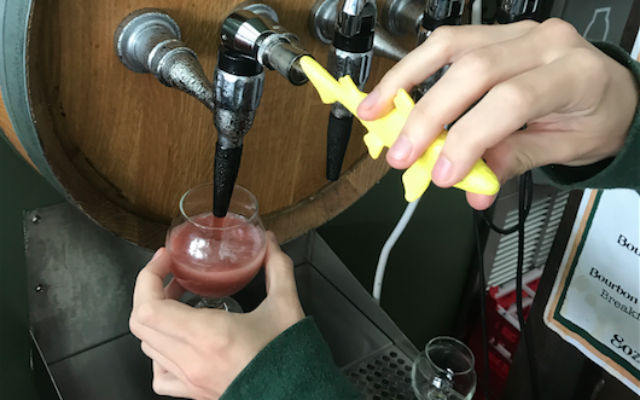
1 Trackback / Pingback